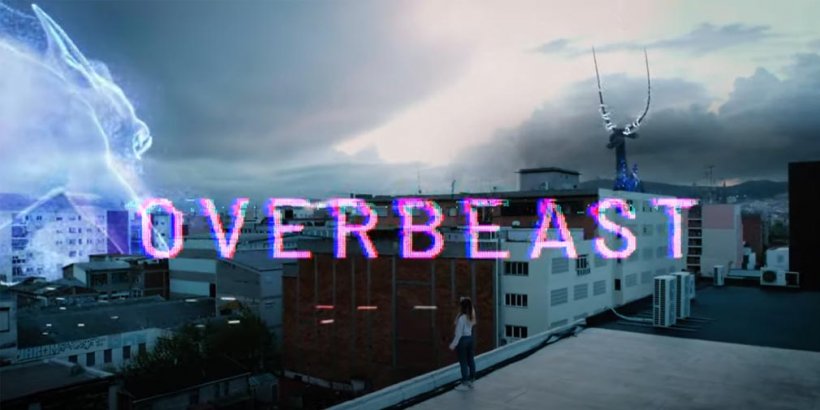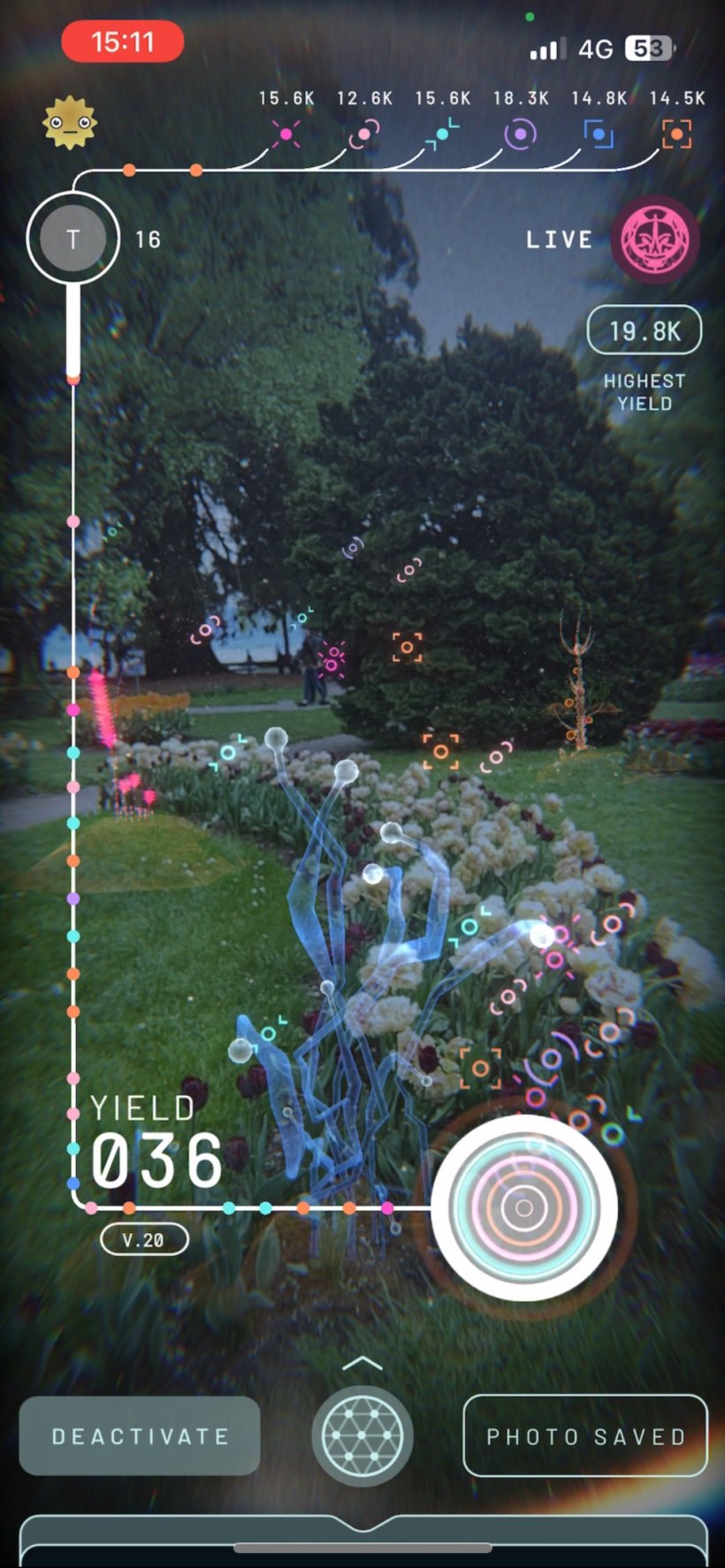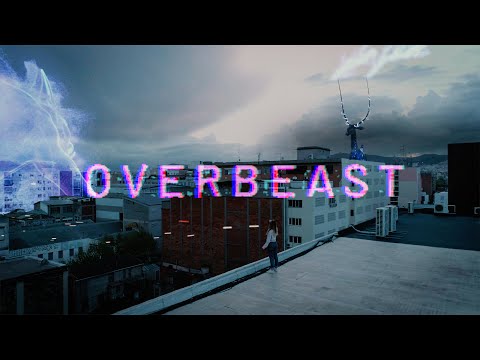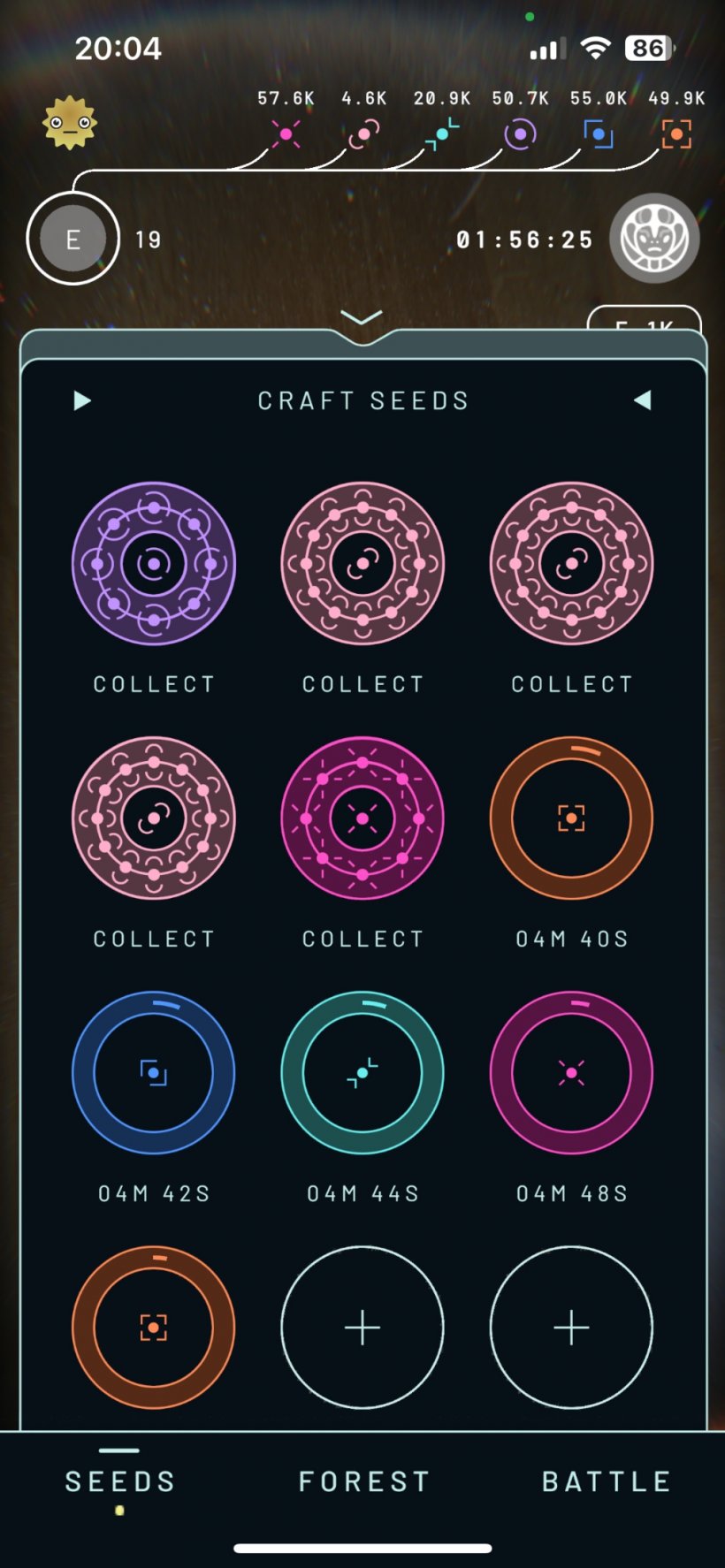Interview: Overbeast director Keiichi discusses the inspiration for Liquid City's ambitious AR game that sees massive creatures fighting above cities

Overbeast is an AR game that sees giant creatures fighting over cities. It's currently available for iOS and Android in the US, where different states work together to nurture their beast to prepare it for battle. It's an intriguing concept that focuses on communities working together.
We recently spoke to Keiichi, director of Overbeast at Liquid City, to discuss everything about the game. Together we talked about where the team drew inspiration from, the decision to focus on communities and the game's underlying environmental message.
Can you introduce yourself and your role on Overbeast for our audience, please?I’m Keiichi, director of Overbeast. I run a design studio called Liquid City. There are so many powerful technologies emerging now that will have a huge impact on our everyday life in the future. So at Liquid City, our focus is in exploring those possibilities, as well as the dangers, to understand how tech can be a positive force in society.
Overbeast is our first game - it's technically and artistically ambitious and features highly experimental gameplay that explores the future of AR.
For those unaware of Overbeast, can you give us the elevator pitch?In Overbeast, you collaborate with your neighbours and other people in your state to raise an enormous creature. You do this by planting trees and harvesting their pollen, which is the Overbeast's energy source. You can feed the pollen to your local overbeast, before it goes head to head against rival states, in an interdimensional league to decide the Ultimate Overbeast. I’m not sure if it fits into any existing genre - maybe it's a location-based asynchronous multiplayer collaborative AR strand game?

The Overbeast world is like another dimension, covering the entire earth, changing over time and being shared by everybody. When you plant a tree, it is visible in AR to you, and anybody else nearby who is also playing the game. You can see your majestic overbeast battling its rivals in AR, in the sky over your neighbourhood. Spending time in your growing forest while collecting pollen in AR is a relaxing and meditative experience.
So the AR is providing a magical window into this other dimension - it is not an add-on or optional extra. In the future, there will be many channels of reality that we can switch between - I consider Overbeast to be an early version of this ‘real world metaverse’.
Overbeast is an ambitious game in terms of scope. What challenges did you face when bringing your vision to life?So many challenges! Game dev is really hard, and I have huge respect for everyone working in the industry. For us, we were trying to innovate everywhere at once - unique collaborative location-based gameplay based on a persistent grid covering the whole world? Check. Enormous cinematic battles happening in the sky above your 3D AR forest? Check. A massively multiplayer competitive state vs state league? Check. World building through design, art direction, sound and music? In retrospect, we should have tried to do much less. It was only my naivety that gave me the courage to try and do something so innovative. Our team and partners at Terahard, W0W and Skillbard pulled out all the stops to make it work, and I am deeply impressed and grateful to our small team for being able to deliver on the vision!
Now the game is out, the main issue is support for older devices. AR is very power-hungry, and so it is only recent, high-end devices that are able to get the best experience. That was the trade-off we made when we decided to go all-in on AR, but it always makes me sad when someone can’t play the game. We are now looking at building some new features to allow more people to play.

The Overbeasts live in another dimension and are revealed through your phone’s camera. But we wanted there to be a grungy, imperfect look to it as if you’re looking through a prototype ‘scanner’.
Our amazing art director Anna Mill worked with my dream collaborator Tokyo-based W0W to design the beasts. They are all kinds of Chimeras; taking inspiration from real animals, but mixing and matching parts to create something new. So Starcrawler is part panther, part bat, part Nebula. Smolderbug is a steam-spouting bearded stag beetle. Vorthrell is a majestic deer-giraffe with billowing fins like a fighting goldfish.
They had to be fearsome, but also loveable, so that they could be seen as state mascots. The balance seems to be working! Some of the beasts have already been given cute nicknames by the players.
Were there any games, movies, books or other media that you particularly took inspiration from for Overbeast?There are lots of rich pop culture about giant beasts, Kaiju, and city-destroying monsters. We loved the battle scenes from early Godzilla and Ultraman, the art direction from Pacific Rim, Evangelion and Cloverfield, and loved the ethereal look of the Forest Spirit from Princess Mononoke. We also looked at illustrations and depictions of Chimera from Greek mythology.
In some ways though, Overbeast is about turning the genre on its head. Instead of destroying cities, the Overbeasts are actually channelling energy from the cities. They are the champions of the state, not destroyers. There are big battles, but the core gameplay is about community, and restoring the forests of the Overworld.

Overbeasts get their power from pollen, the main resource of the game. Before each battle, you can feed your local beast. Everyone else from your state is also feeding the beast, and players in the rival state will also be feeding theirs. When it's time for battle, the result is revealed, and the winning beast will advance in the league.
Players farm pollen by planting trees in and around their house or place of work. They can then suck up the pollen using their phone. Mature forests will yield much more pollen, and there are many ways you can upgrade your trees by adding little creatures called mites, that boost their attributes.
Players have to choose between nurturing their forest and contributing to battles. So there are multiple ways to play Overbeast, depending on what you like to do.
It seems like bringing communities together is a big focus for you. Why is this important to you? And what kind of impact do you hope the game will have on a social level?The AR features are the most attention-grabbing, but the most innovative part of the gameplay in my opinion is the shared forest that spans the whole globe. I was interested to see if it is possible to get whole cities or states to work together in improving their environment (in this case by planting trees in the Overworld). Focusing on the connections between players also made sense for Verizon, who funded development of the project and has been an awesome partner.
As technology advances, we’re going to see a lot more shared virtual environments (some people call this the ‘real world metaverse’). If this technology can be used to help people connect with the physical places and people around them, it can help to tackle much bigger problems through collective action. Overbeast is just scratching the surface of these possibilities, but there is real potential.

Yes we don’t directly address it, but there is a strong underlying environmental theme in Overbeast. When you plant a tree in the game, everyone nearby benefits. You work together to incrementally improve your local environment.
Many games are zero-sum - when I win, someone else loses. But Overbeast encourages you to think about supporting other players in your state. There are still individual ‘heroes’ in every battle, but a state can get a big advantage if its players work together.
Ultimately we have to shift from an individualist perspective to something more communally minded, if we are going to survive on this planet. I hope that some of that philosophy comes through in Overbeast.
Throughout the life cycle of an Overbeast, players are preparing them for battle against other Cities' creatures. Will they have any input in these showdowns? Or is the outcome determined by their work beforehand?Battles are happening every 12 hours, and it is between the battles that players have a chance to feed their Overbeast. The more you feed, the more damage your Overbeast will inflict. If you are busy when the battle is happening, you can watch it later at a time/location that suits you. There is a strategic element to feeding - Feed too little and you might lose. Feed too much and you might win, but waste your pollen and have nothing for the next battle.
The league is currently very hot - New England territories Connecticut and Maine were very strong early on, but Washington has been more consistent and is currently holding second place. Minnesota came out of nowhere and is currently at number 1 with only 44 players, who must be very committed! On the 22nd May, the top two Overbeasts will face off in a final showdown. Get involved now, and help your state’s overbeast rise through the ranks to become the Ultimate Overbeast!


